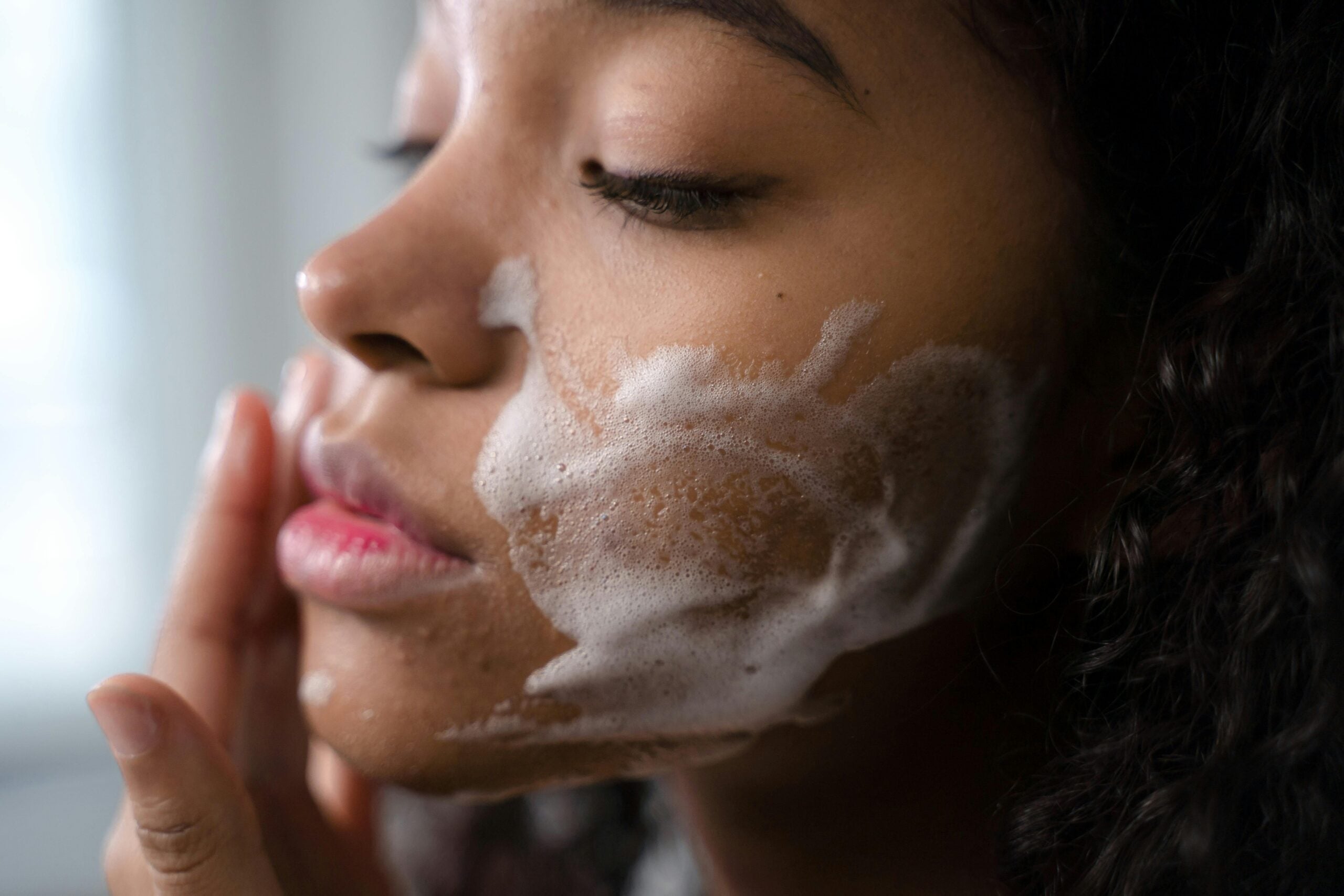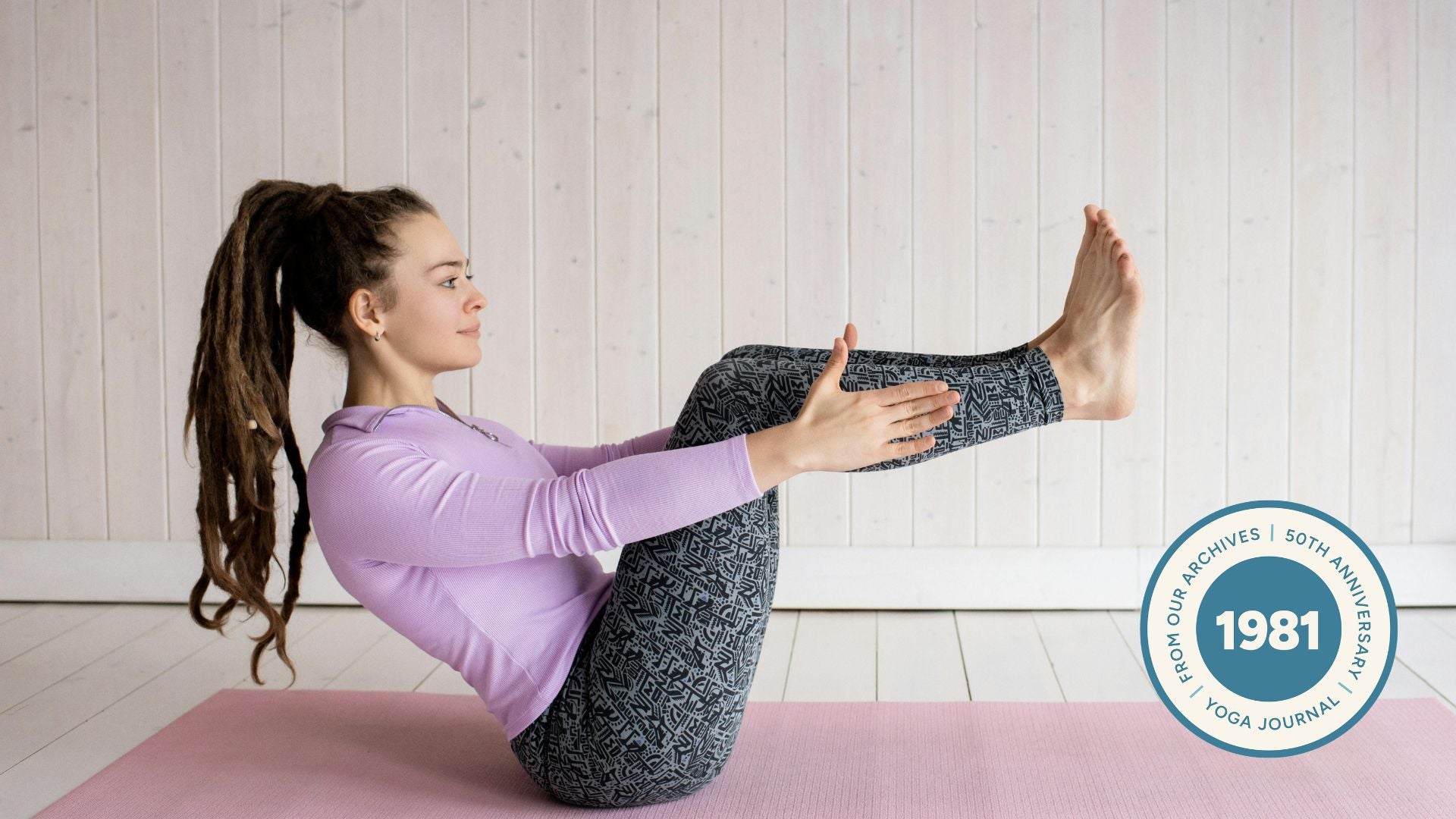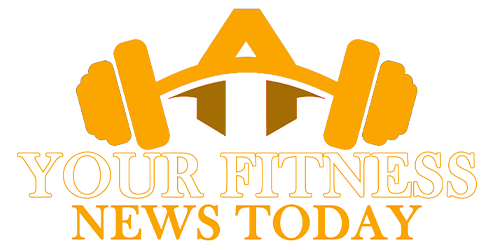“], “filter”: { “nextExceptions”: “img, blockquote, div”, “nextContainsExceptions”: “img, blockquote, a.btn, a.o-button”} }”>
Heading out the door? Read this article on the new Outside+ app available now on iOS devices for members!
>”,”name”:”in-content-cta”,”type”:”link”}}”>Download the app.
It makes me more than a little nervous when new yoga students expect their lives to change after one or two sessions or when enthusiastic instructors make claims about the miracles of the practice. Having been a student of yoga for decades, I can get pretty zealous about how the practice has changed my relationship with my own body and mind. But as a teacher, I hesitate to suggest anything that I can back up only with personal anecdotes.
Blame it on my background: I spent years as a journalist, a profession built on the principle of sharing information that’s attributed to credible sources. When I later landed in academia, the standard was the same: If you can’t cite reliable evidence, you don’t have a story to stand on.
That’s why I’ve changed my teaching approach to what I call “evidence-based yoga.”
How Evidence-Based Yoga Practice Works
“Evidence-based” is a term I snatched from the medical field, although it’s also being used in professions from human relations to education. I prefer the American Physical Therapy Association’s definition: “Evidence-based practice includes the integration of best available evidence, clinical expertise, and patient values and circumstances.”
This approach applies well to yoga because the wisdom of the teacher and the student are honored equally with empirical data. Also, I respect the value and impact of yoga too much to be casual about it. That makes me want to be conscientious about practicing satya–truthfulness–when it comes to describing yoga’s capacity.
Responsible yoga teachers would never suggest yoga is a “cure” for anything. But we can get fast and loose with saying what yoga is good for.
To offer students the most reliable guidance, I feel it’s important to be precise about exactly how yoga benefits the body or mind. So when talking about yoga’s benefits, I lean into research and try to be careful with the language I use. For example, studies on the effects of yoga for people with cancer or Multiple Sclerosis don’t claim to address the conditions but rather the side effects, such as fatigue, sleep disturbance, and mood.
Being specific with my wording means I differentiate between the heart center and the heart muscle. It also means I seldom suggest breathing into any part of the body other than the lungs, although I do invite students to notice how the body feels during inhalation and exhalation. That, in turn, gives me the opportunity to offer a lesson in interoception, during which I cite Bo Forbes, PhD, who has expertise in biopsychology.
Leading an evidence-based practice means I study up on the part of the anatomy I’m focusing on, such as the hips or abs. That ensures I can speak knowledgeably about what’s going on in the body as we practice Forearm Plank or Bound Angle (Baddha Konasana).
Class can get a little nerdy sometimes. But I find that it invites students to ask questions during class and to follow up after. I can’t say for certain, as I haven’t conducted a study, but I have a hunch that it makes them take their practice–and me–more seriously.
How This Approach Supports Personal Exploration
Evidence-based yoga doesn’t only involve citing a bunch of research studies between cues for asana or poses. It encourages students to rely on the evidence of their own experiences in the practice and beyond.
As yoga teachers, we should remember that students know their bodies far better than we ever can. An evidence-based approach encourages them to pay close attention to–and honor–what they sense and witness as they practice. And engaging in all eight limbs of yoga offers an ideal opportunity for people to connect not only with their bodies but their emotions and beliefs.
Planning classes and offering instruction through an evidence-based lens has made me a more confident teacher. I believe it’s also inspired trust among my students that I’m not promising things I can’t back up.
I hope this approach also mitigates the “guru effect,” which is a tendency to believe whatever a teacher says, just because they’re the teacher. I want people practicing with me to understand I’m sharing ideas not based solely on my personal experience but from the collective wisdom of lots of other smart people.
Maybe it will also encourage the “Google effect” and encourage students to study yoga more on their own.
Isn’t 5000 Years of Yoga Enough?
I’m sure there are those who would say 5000 years of practice ought to be evidence enough for yoga’s benefits. You won’t get much argument from me. It’s never my intention to place the value of Western-style proof over the wisdom of people who discovered and received healing wisdom over generations. As far as I’m concerned, academic researchers are just trying to catch up with what yogis have known for ages.
And I’m not afraid of a little woo-woo. If magical things happen as a result of your practice, I say bask in that. But what happens between you and your yoga practice is personal and individual, and that experience may not be the same for anyone else.
Sometimes, when I look out at the faces in class, I am struck by the notion that each of these individuals has come here for something–to connect with their bodies, to find rest, to enhance their wellness. And I realize that teaching yoga is not just a pastime, it’s a responsibility. My job is to share as much information about the practice as I can—history, science, philosophy, mechanics–and to encourage people to add their own experience to the mix.
Overall, I believe that, even if it doesn’t “fix” anything, yoga can have an impact on all aspects of your life. (That’s one of what I call my “Tamara Sutras.”) And the more evidence of that I can share, the better.







